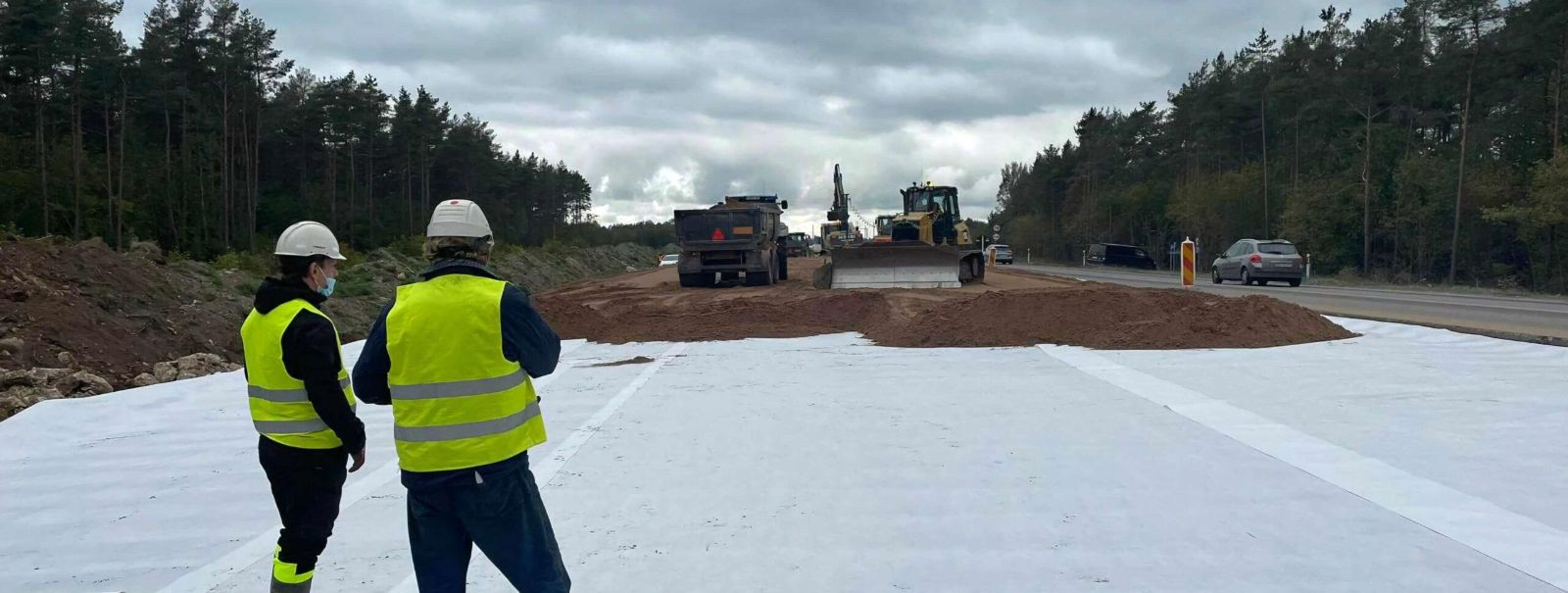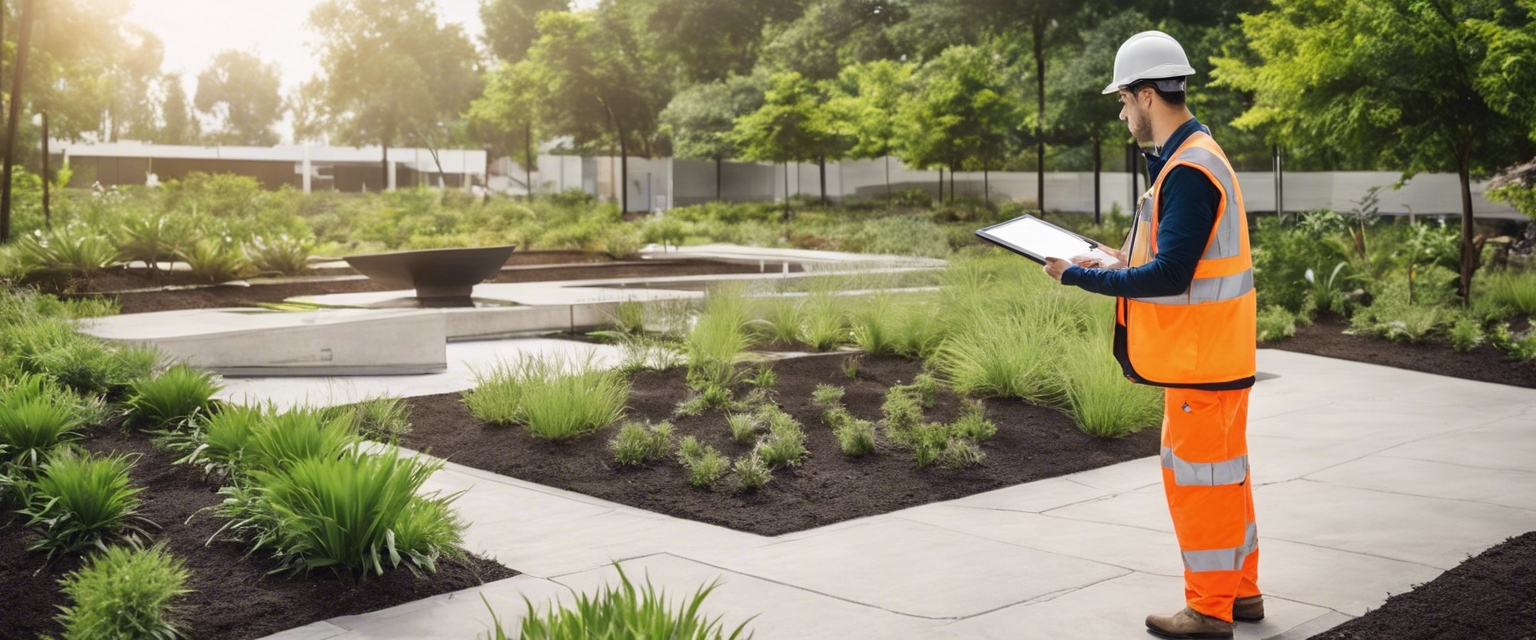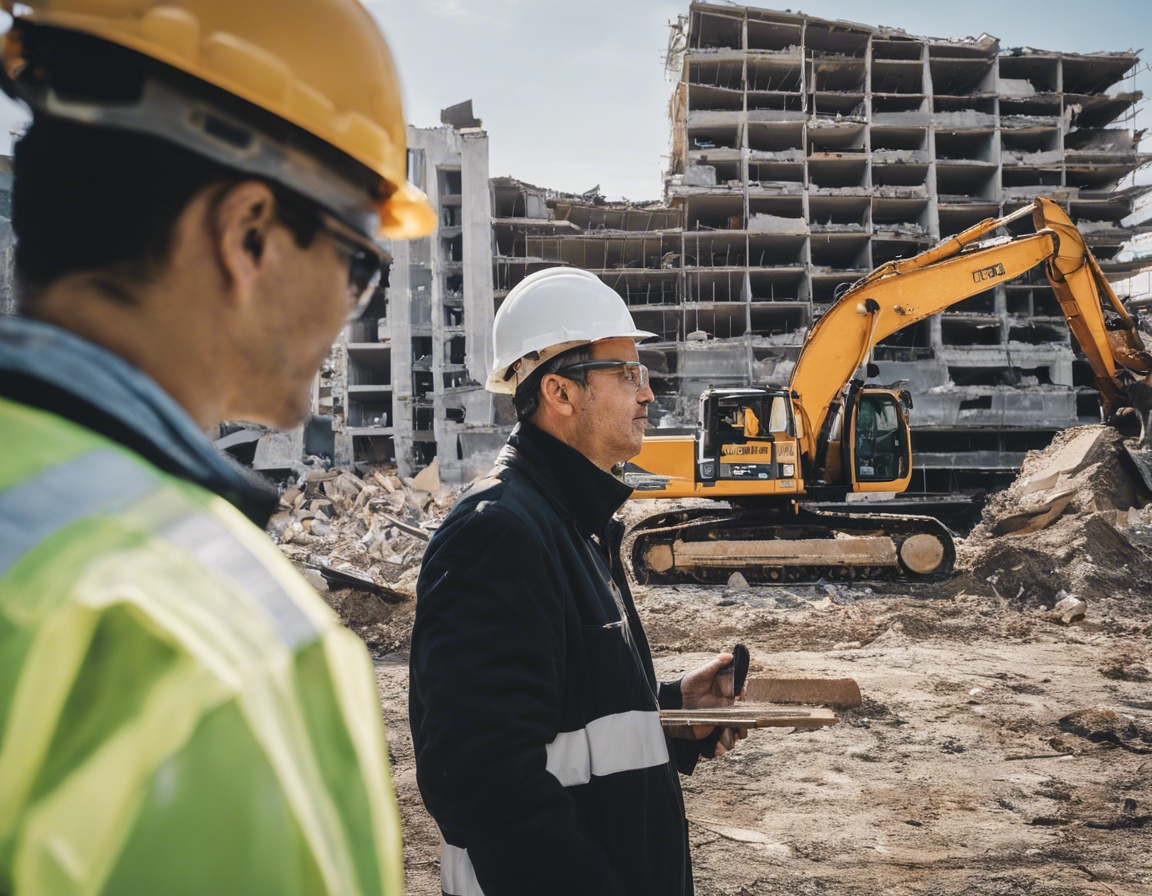The future of landscaping: eco-friendly designs
As the world becomes increasingly aware of environmental issues, the landscaping industry is undergoing a significant transformation. The shift towards sustainable practices is not just a trend but a necessary response to the growing concerns over climate change, water scarcity, and biodiversity loss. Eco-friendly landscaping, also known as green or sustainable landscaping, is a method that seeks to create aesthetically pleasing outdoor spaces while minimizing environmental impact.
Traditional landscaping methods often involve extensive use of chemical fertilizers, pesticides, and non-native plants that require abundant water and maintenance. These practices can lead to soil degradation, water pollution, and a decrease in local wildlife populations. The future of landscaping lies in designs that respect and enhance the natural environment rather than deplete it.
Key Elements of Eco-Friendly Landscaping
Incorporating native plants into landscaping designs is crucial for promoting biodiversity and providing habitats for local wildlife. Native species are adapted to the local climate and soil conditions, requiring less water and maintenance than non-native plants. This not only supports the ecosystem but also reduces the need for chemical interventions.
Water conservation is a cornerstone of eco-friendly landscaping. Techniques such as rainwater harvesting, drip irrigation, and the use of drought-tolerant plants can significantly reduce water usage. These strategies are not only environmentally responsible but also cost-effective in the long run.
Choosing organic and natural materials for landscaping projects is essential for reducing the carbon footprint. This includes using locally sourced stones, recycled materials, and organic mulches that enrich the soil and reduce waste.
Energy efficiency can be achieved through strategic planting and the use of solar-powered lighting and water features. Trees and shrubs can be positioned to provide shade and wind protection, reducing the energy needed for heating and cooling nearby buildings.
Innovative Eco-Friendly Landscaping Designs
Green roofs and living walls are innovative solutions that incorporate vegetation into the very structure of buildings. These designs can improve insulation, reduce urban heat islands, and create additional green spaces in dense urban environments.
Xeriscaping is a landscaping approach that focuses on water efficiency by using drought-resistant plants and minimizing lawn areas. This design philosophy is particularly relevant in regions where water scarcity is a concern.
Edible gardens and the application of permaculture principles are gaining popularity as they provide a source of fresh produce while promoting sustainable land use. These gardens can be integrated into residential, commercial, or community spaces, offering both functional and environmental benefits.
The integration of smart technology in landscaping allows for more precise control over irrigation, lighting, and maintenance. Smart sensors and controllers can optimize resource use and reduce waste, making landscaping more efficient and eco-friendly.
Benefits of Adopting Eco-Friendly Landscaping
Eco-friendly landscaping practices contribute to the preservation of natural resources, the reduction of pollution, and the enhancement of biodiversity. These practices are essential for the health of the planet and future generations.
While the initial investment in eco-friendly landscaping might be higher, the long-term savings on water, energy, and maintenance costs can be substantial. Additionally, sustainable landscapes can increase property values and attract environmentally conscious clients.
Green spaces have been shown to improve mental and physical health, reduce stress, and encourage community interaction. Eco-friendly landscaping creates spaces that are not only beautiful but also promote well-being and social cohesion.
Implementing Eco-Friendly Landscaping in Urban Development
Adopting eco-friendly landscaping on a larger scale involves overcoming challenges such as changing existing regulations, educating stakeholders, and finding cost-effective solutions. It requires a commitment from all parties involved, from designers to municipal authorities.
Professional landscapers and designers are at the forefront of the eco-friendly movement, bringing expertise and creativity to the table. Their role is to advocate for sustainable practices and to implement designs that meet both aesthetic and environmental standards.
Successful implementation of eco-friendly landscaping in urban areas often requires collaboration between landscaping professionals, municipal authorities, and the community. This partnership ensures that projects align with local needs and contribute to the overall sustainability goals of the region.






Comments (0)